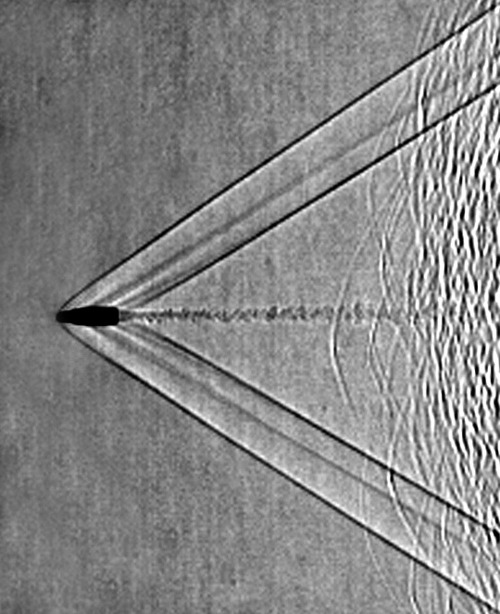And it’s gotta be dense, and it’s gotta to be hot, and it’s gotta glow with x-ray light.*
My month of conferences is over, and with everyone back MAGPIE is slowly getting back on its feet. We’ve had a few more hiccups, but Francisco (one of the post-docs) succeeded in running a simple shot, and I’m up next to try and coax MAGPIE into doing what I want.
As the title suggests, I want to make a plasma. That’s relatively easy – turn on a fluorescent lightbulb, and you have a plasma. But I need a plasma that has some specific properties, which I’ll go into in a future blog post. For now, I thought it’d be interesting to discuss some ways of making plasma.
Plasmas are hot, so one obvious way to turn a material into a plasma is to heat it from some external heat source, like baking bread in an oven. In an oven, we heat the air using either hot metal strips or burning gas, and that hot air heats the food we’re cooking. Unfortunately, an oven can’t heat the food above the temperature of the hot air – this is a fundamental law of physics. The video below might be a good quick refresher:
So if we use an oven to create a plasma, we’d need the air inside to be hot enough that it would be a plasma already – not particularly likely!
Well, sticking in the kitchen, what about microwaves? It turns out these do work for sparser plasmas, where the density is much less than solid density. The electric field in the microwave wiggles the electrons, which then bash into atoms and transfer some of their energy. This constant wiggling and bashing eventually can heat materials to become a plasma. Other effects come into play if there is a strong magnetic field in the plasma and the microwaves are tuned to a specific resonant frequency. This technique doesn’t work very well for dense plasmas, because the electrons bash into the atoms before they can be wiggled too much by the microwaves.
Alternatively, you might be familiar with compression as a way to heat things. If you’ve every use a bicycle pump to inflate a tyre, you will have noticed how hot the pump gets as you pump. A bicycle pump works by filling a reservoir with room temperature air, and then squashing it to a high pressure and forcing it into the bike tyre. As this happens, the atoms of the gas heat up – when the gas is compressed, the atoms near the pump are given a kick forwards, and then they bash into other atoms and give up some of this energy. As basic as this idea sounds, it forms the basis for laser driven fusion, which uses hundreds of powerful lasers to compress a sphere of fusion fuel to high densities and temperatures. With lasers, the strong electric field there can also wiggle electrons, just like in the microwave, so there are many ways for lasers to heat a material.
Another idea is inspired by old fashioned incandescent lightbulbs:

“Carbonfilament” by Ulfbastel. Licensed under CC-SA 3.0 via Wikimedia Commons
In a lightbulb, there is a thin metal wire through which an electric current passes. The electric current is made of electrons, and just as in the microwave, these electrons are accelerated and then bash into the atoms that make up the metal, giving up some energy before being accelerated again. The metal heats up and begins to glow like a hot poker. The glass bulb around the lightbulb contains an inert gas that stops the filament from burning, which it would do if surrounded in air.
This is called Ohmic heating, and it happens pretty much whenever you pass an electric current through something. It’s even used in the huge fusion reactors called Tokamaks to initially heat the plasma. As the plasma gets hotter, the electrons bash into the atoms less, and so it becomes a less efficient method of heating.
Standard compressions like the bicycle pump idea are quite good for heating, but to get to very high densities and temperatures we can use shock waves. This is where the material collides with something moving faster than the speed of sound**. Shock waves are usually hard to see – the photo below uses a special technique to image the sudden change in density (thick black lines) as the shock wave moves through the air. I’ll definitely do a blog post soon on shocks, as they are looking like they might be very useful in my work.

“Supersonic-bullet-shadowgram-Settles” by Settles1. Licensed under CC-SA 3.0 via Wikimedia Commons
In MAGPIE, we often start making a plasma using ohmic heating, by passing a large electric current through our sample. This creates a cold plasma (only 10,000 ‘C!) on the surface, which is then accelerated by large magnetic fields to faster than the speed of sound. The plasma then collides with something (usually more plasma), creating a shock wave which further heats and compresses the plasma. I realise I haven’t explained how shocks work yet, but I’ll get on it soon.
Another technique is to use very short wavelength light, like x-rays. Here, the photons of light bash into the atoms and heat them directly. You need a very bright light source for this technique to work, which is usually difficult, but it does allow you to separate the machinery for creating the plasma from the plasma itself, which is quite neat.
I’ve gone through some ways of dumping enough energy into a material that it becomes a plasma – microwaves, compressions, lasers, Ohmic heating and shocks, and the technique a plasma physicist will use will depend on how hot, how dense, and how long lived they want their plasma – getting all three is extremely hard!
*With apologies to B. Tyler.
**The speed of sound depends on the density and pressure of the material.